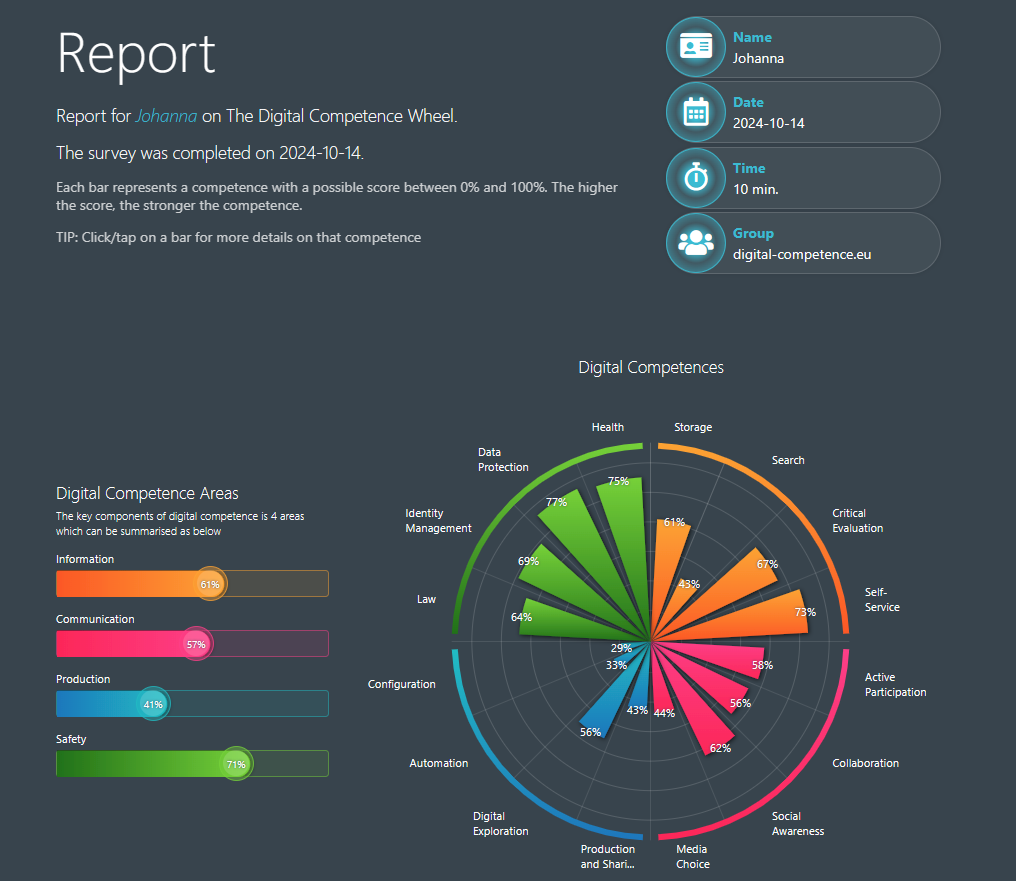Assignment One
Kela is the Social Insurance Institution of Finland. It’s responsibility is to provide basic support in life for all Finnish citizens and it’s covered by the Finnish social security system. In my family we have three underaged children and Kela pays child benefit of them. I got to stay pregnancy leave and was claimed pregnancy allowance before children were born and got maternity packages full of necessities. I also stayed home for three years and Kela paid me child home care allowance.
European health care card, or European health insurance card, is a free card that gives access to medical healthcare in every EU country where I temporarily stay. Me and my husband have the card, but we haven’t got them to children yet.
OmaKanta is national webservice where I can see my own and my children health information. I log in to OmaKanta using my online banking credentials and this is called strong authentication.
Keva is the largest pension provider in Finland. On its website there is told for example that Keva aims to improve well-being at work, enhance work ability and provide services to employers in the public sector. I checked how much pension I would get if I retired at 68 years, which is my own lowest retirement age. It’s about 1900 euros per month.
Assignment Two
I visited Trivago. First it suggested me to login via Google. I kind of think that it’s either good thing or not so good. Good because it verifies my information by Google and all my personal information are already filled if I choose to book a trip. On the other hand, it is also not so good thing. My personal information goes back and forth in all sites and programs I choose to give the right to do so. There is quite a risk of abuse or account hijacking. I think that website is quite reliable, and I have used it booking trips. It makes feel more reliable because I can go other sites and compare the information between sites. This can also help me find the cheapest booking agency. Nowadays there is no possibility to go and get a travel at the brick-and-mortar store. I also think it reliable to book a trip via Trivago because other users can leave comments and rate their experiences.
In my work we use Microsoft Teams for example meetings and we storage guides in Teams’ folders. It came one of the most important tools on our work due the Covid pandemic and it has held it’s spot since then. It has become very handy because now the guides for example are at in one place where they can be updated and share to co-workers easily. Also, meetings are easy to arrange because physical appearance is not required. I think Teams is one of the biggest ascendants in recent years and it has given us all new environment to work and study.
Virtual services are the thing today. Yet there are so many people who are either not able or not willing to use them. For example, elderly can get into the digital gap. They are used to get face to face service whether it’s in the bank or in the hospital. My own grandparents are good example about this. They had to buy a computer for paying bills and do the necessary applications and so on. They don’t like that, and they need very much help with those tasks. Yet they don’t admit it, I think they also got much good in having a computer. They read news in it and play online games and watch videos. They can also facetime with us grandkids who live in other cities. If there are elderly or for example somehow limited people who are not willing to use digital services, everyday tasks can be very difficult because it’s become almost the most common way. I think it’s good that even though virtual services make our lives easier we still need to provide some services in close contact way. If you need to see a doctor, I also prefer the face-to-face meeting so as I can assume that elderly do. If the virtual way is the only way, there can be risk that some people don’t contact the service providers they need to. And if that service is medical or health care, it’s very serious question.
I read thee different blogs during this assignment and commented each one. Here’s who I commented:
DIGI CITIZEN – Digitalised working environment for N.B. (savonia.fi)
DIGI CITIZEN – ReettaMari`s Blog (savonia.fi)
Digi Citizen – Samu’s Digital Environment Course Content (wordpress.com)
Digital competence test results look a lot like me. It shows that I’m not into production so much as in safety, information and communication. I can share my result below.

So, what did these assignments taught me?
At first when I looked the Digi Citizen I was terrified. I thought that I can’t ever write about these things in English. As usual, I shouldn’t panic before I get to know things better. I started working piece by piece and it started to proceed quite fluently. It was interesting to search information about my retirement age and possible pension, and I liked to discuss about digital gap and the reliability of big digital shops. I think I started to think about more the digital gap and how to get pass that. What are the solutions to resolve this problem?
